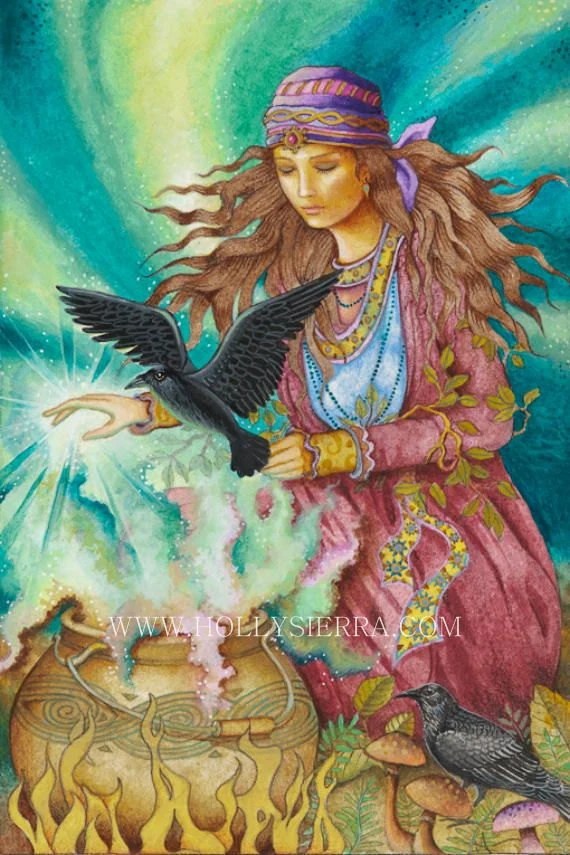The Enigmatic Morgan le Fay: Who is She in the Arthurian Legend?
The tales of King Arthur and his Knights of the Round Table have captivated imaginations for centuries. Yet, within this tapestry of chivalry and magic, one figure stands out, cloaked in both allure and danger: Morgan le Fay. She is not merely a sorceress, a queen, or a villain – she is a force of nature, embodying the complex relationship between power, ambition, and the feminine within the Arthurian world.
To truly grasp Morgan’s significance, we must venture beyond simplified labels. Was she a wicked enchantress determined to destroy Arthur, or a woman navigating a patriarchal world with the tools at her disposal? The answer, like the woman herself, is multifaceted.
Morgan's origins are shrouded in mist, much like the mystical isle of Avalon with which she is so often associated. In early Welsh legends, she appears as a healer, a magical figure with deep ties to the land. It's with Geoffrey of Monmouth's "History of the Kings of Britain" that she begins to take on a more prominent – and, some would argue, antagonistic – role in Arthur's story.
As Arthur's half-sister, Morgan becomes entangled in the intricate web of courtly intrigue and familial bonds. She is often depicted as a skilled healer and a powerful sorceress, capable of manipulating even the forces of nature. Yet, these abilities are frequently viewed through a lens of suspicion and fear, particularly by those who seek to control and limit her influence.
The depiction of Morgan throughout literature is remarkably diverse. In some versions, she is a vengeful figure, driven by jealousy or a desire for the throne. In others, she acts as Arthur's protector, offering him aid and guidance even as their relationship becomes strained. This ambiguity is precisely what makes Morgan le Fay such a captivating figure. She defies easy categorization, challenging us to confront the complexities of female power in a world dominated by men.
Understanding Morgan requires delving into the social and cultural context of the times in which these tales were told. In a world where women were often relegated to the roles of wife, mother, or nun, Morgan's mastery of magic and her assertive nature would have been viewed as both alluring and threatening. She represents a challenge to the established order, a figure who refuses to be confined by the expectations of her time.
While some interpretations focus on Morgan's conflicts with Arthur, others explore the nuances of her relationships with other characters. Her connection with Merlin, for instance, is often depicted as one of both mentorship and rivalry, showcasing her intellectual prowess and her desire to master the magical arts.
Ultimately, Morgan le Fay serves as a potent reminder that history – even legendary history – is rarely black and white. She embodies the contradictions and complexities of human nature, reminding us that even within tales of heroism and chivalry, there are shades of gray. To understand Morgan is to engage with the multifaceted nature of power, ambition, and the enduring struggle for agency in a world often determined to deny it.
Perhaps the most enduring question surrounding Morgan le Fay is not "Was she good or evil?" but rather, "Why is this question so persistently asked?" Examining the ways in which her character has been shaped and reshaped over the centuries reveals as much about our own anxieties and fascinations as it does about the Arthurian legend itself.
Unraveling the hues of milkweed a comprehensive guide
Banish hard water stains sparkling stainless steel secrets
Unlocking fc 24 top young center backs to dominate














